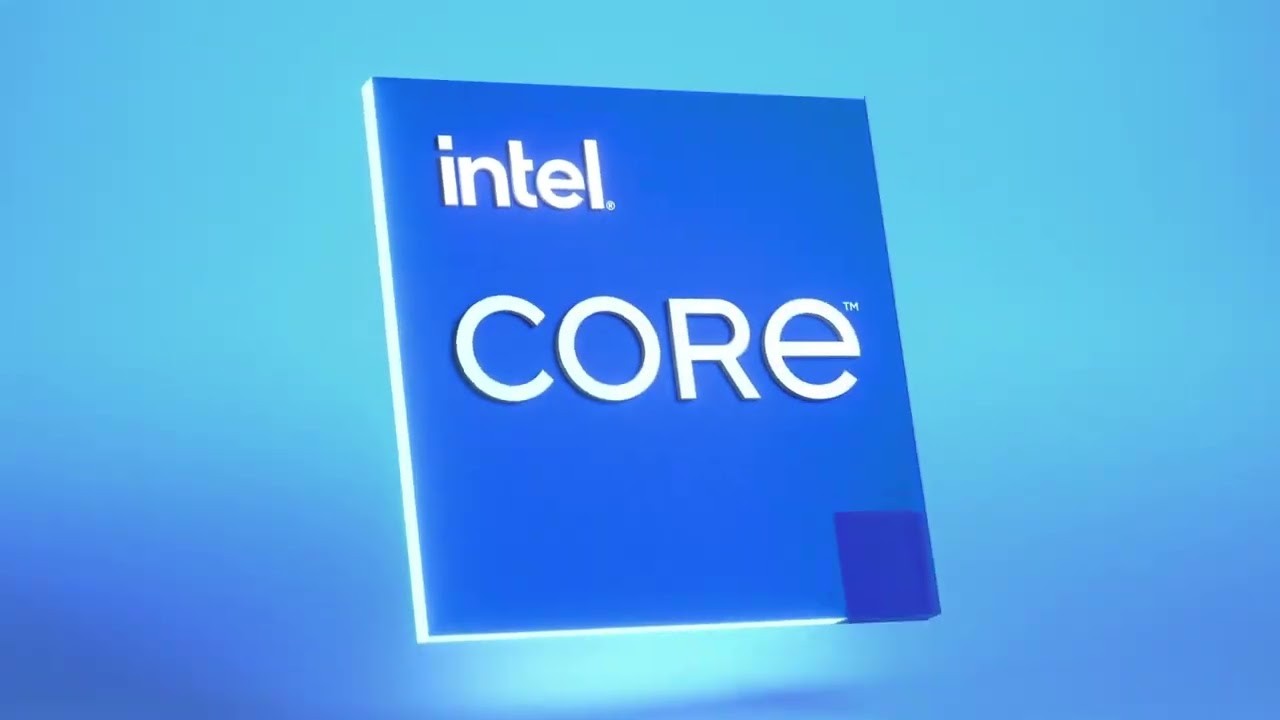Intel CPUs suffer after "Downfall" vulnerability fixes
Performance of Intel CPUs takes a hit following implementation of "Downfall" vulnerability fixes.

The Downfall vulnerability recently came into the spotlight for its potential compromise of several Intel CPUs, raising concerns about security breaches. In response, mitigations were introduced, but these actions have not been without consequences for performance. Phoronix, known for comprehensive benchmarking, has now released its analysis of the "Downfall" mitigation, offering insights into the repercussions of these measures.
Intel CPUs suffer after "Downfall" vulnerability fixes
For those seeking a refresher on the Downfall vulnerability, it specifically targets workloads utilizing AVX2/AVX-512 gather instructions. Notably, the impact of "Downfall" is more pronounced on older-generation Tiger Lake/Ice Lake lineups, potentially exposing hardware registry contents and opening the door to significant data breaches.
Intel responded to the threat by deploying microcode mitigations, which, as expected, brought about performance implications. The extent of these effects was initially unclear, prompting Phoronix to embark on a testing spree to quantify the impact on various CPUs. Among the processors tested were Intel's Xeon Platinum 8380, Xeon Gold 6226R, and Core i7-1165G7. If you're curious about whether your CPU falls under the vulnerable category, Intel has provided a comprehensive list for reference.
Turning to the benchmarks, Phoronix subjected the Xeon Platinum 8380 to rigorous testing under different microcodes, including the previous "390" and the new "3a5" versions. The results confirmed the anticipated decline in performance across various scenarios. Notably, performance reductions were measured at 6% in OpenVKL and a significant 34% in OSPRay 1.2. Particularly demanding AI workloads, such as Neural Magic DeepSparse 1.5, also saw substantial drops, aligning with predictions of lowered performance for high-performance computing (HPC) tasks.
Similar patterns emerged with the Intel Xeon Gold 6226R CPUs, which experienced performance setbacks of approximately 9% in OpenVKL and a more substantial 33% drop in OSPRay 1.2. These effects were consistent across all tested benchmarks, underscoring the broad reach of the vulnerability's impact.
Even the Intel Core i7-1165G7, catering to mainstream consumers, was not immune to the mitigation's influence, bearing noteworthy performance reductions. The observed penalties were in line with those observed in other tested processors, ranging from 19-39% in OSPRay 2.12 and a nearly 11% decline in OpenVKL 1.3.1. Importantly, the "Downfall" vulnerability extended its reach to encompass mainstream CPUs, including those of the Alder Lake series.
Amidst this analysis, a positive takeaway emerges: the performance drop wasn't as severe as Intel's initial prediction of 50%. The findings indicate that the actual impact is less drastic than anticipated.
Nonetheless, the benchmarks underscore a significant decline post-mitigation, primarily affecting HPC workloads. For the average consumer engaged in gaming and entertainment pursuits, the impact may be less pronounced and manageable. While Intel's suggestion to "disable" CPU microcode to mitigate performance losses might be tempting, it comes with inherent risks, particularly regarding data security. Balancing potential performance gains against compromised security remains a complex consideration, making a cautious and informed approach crucial in navigating the landscape of the "Downfall" vulnerability mitigation.

 Facebook Messenger to bid farewell to SMS support next monthSoftware & Services
Facebook Messenger to bid farewell to SMS support next monthSoftware & Services






